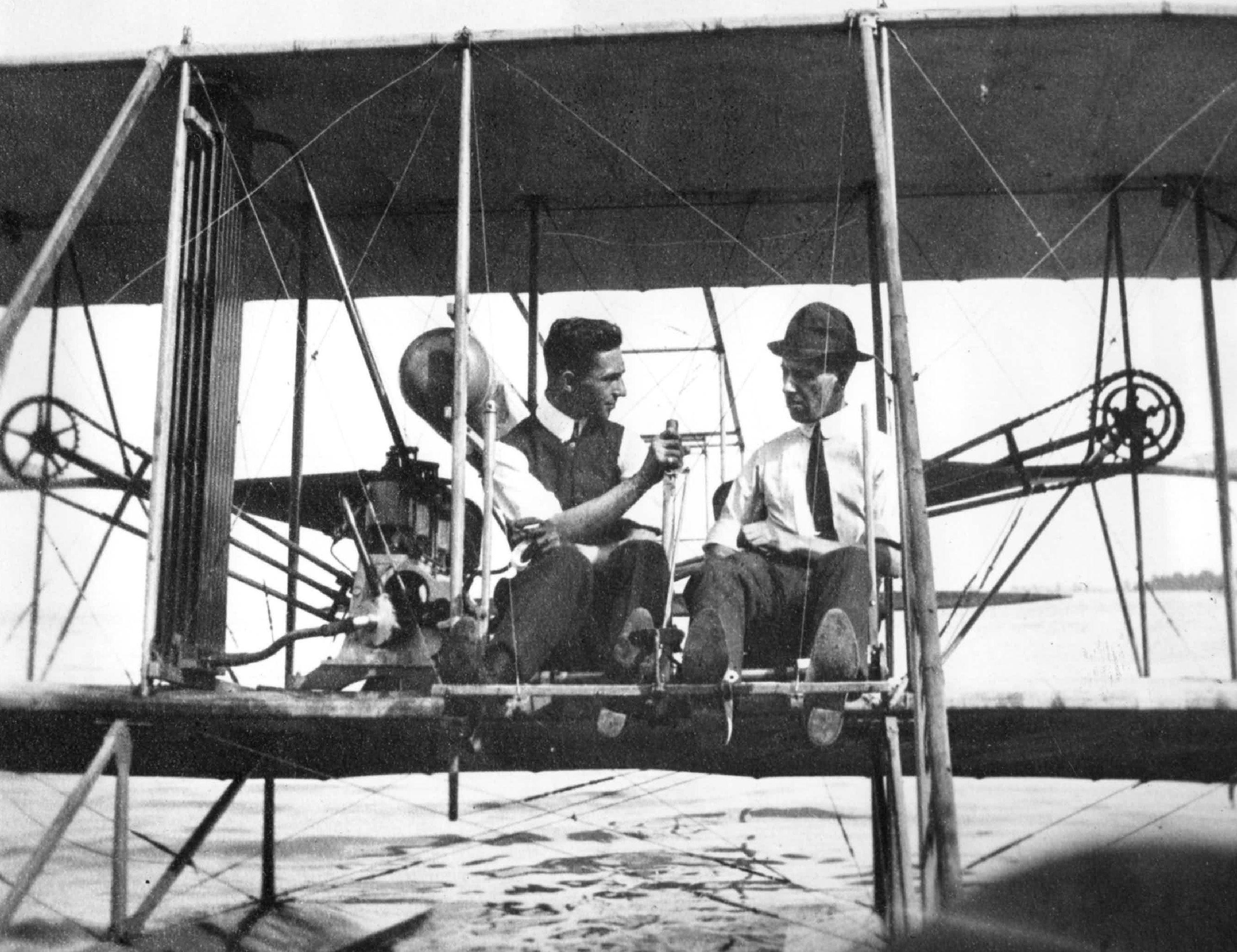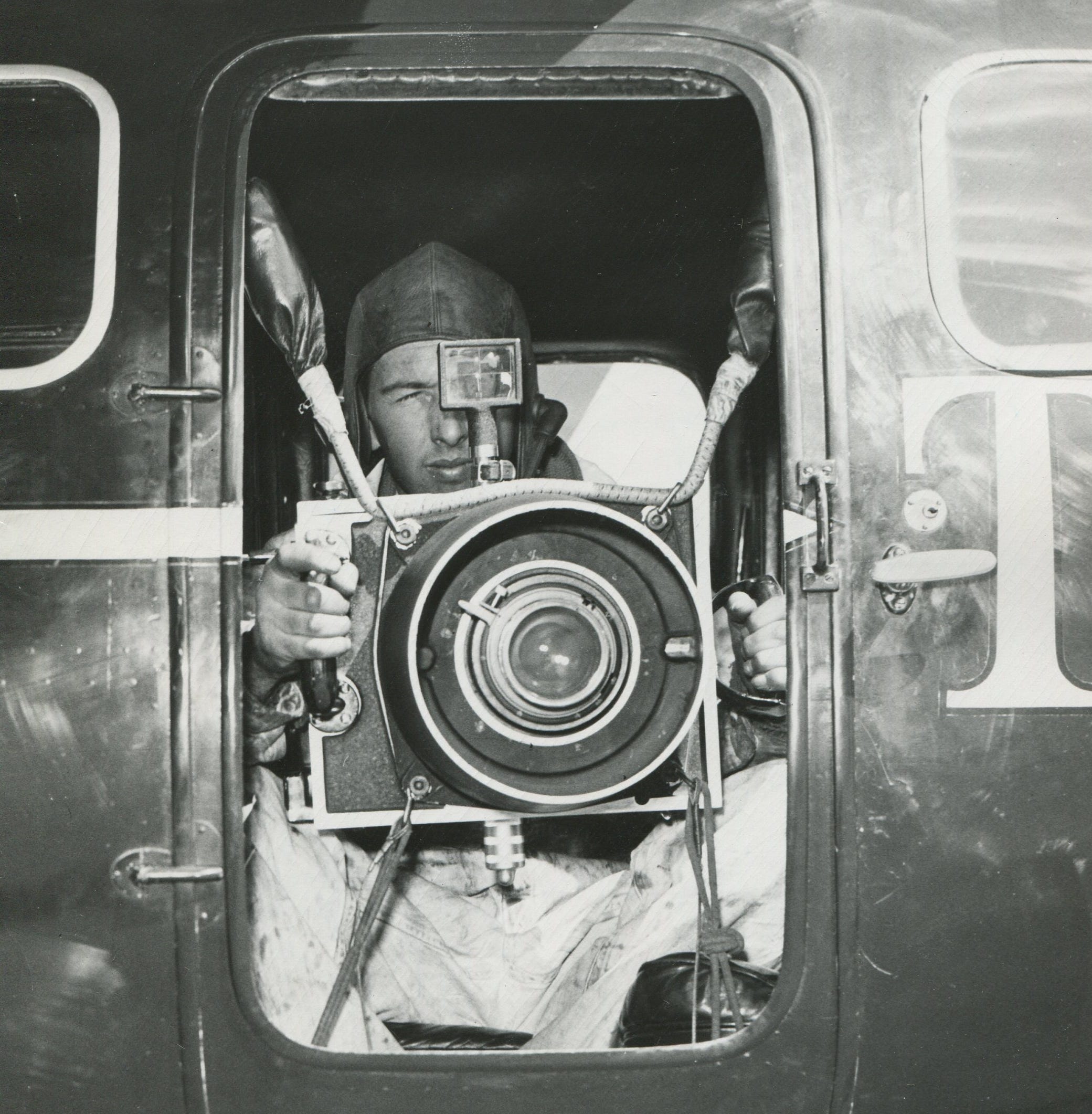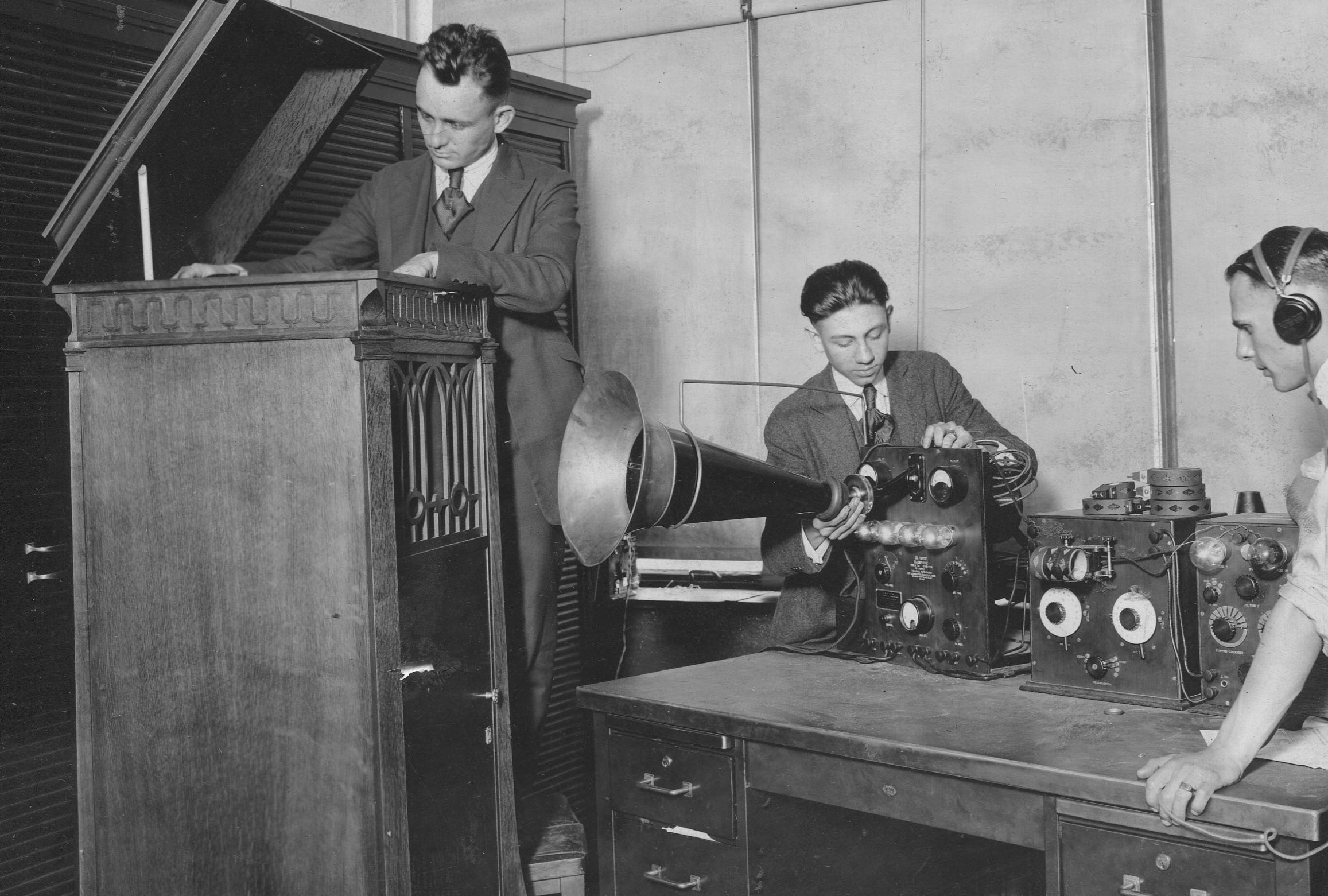
Detroit News Assistant Multimedia Editor and drone pilot Andy Morrison operates a Detroit News drone in downtown Detroit on Tuesday, August 22, 2023. Along with David Guralnick, Andy is one of two licensed drone pilot/photographers at The Detroit News. John T. Greilick, The Detroit News
Detroit News Assistant Multimedia Editor and drone pilot Andy Morrison operates a Detroit News drone in downtown Detroit on Tuesday, August 22, 2023. Along with David Guralnick, Andy is one of two licensed drone pilot/photographers at The Detroit News. John T. Greilick, The Detroit News
When The Detroit News went online on July 14, 1995, as detnews.com, it was just one more chapter in a rich history of technological advancement by the newspaper James E. Scripps founded in 1873.

The website was an invention of necessity. The paper’s management staff was attempting to maintain the continuity of publication amid a difficult newspaper strike. Led by the paper’s first digital director Nancy Malitz, a small core of online staffers representing a cross-section of the newsroom had already been developing conceptual plans for a website. Forced into action, they put the newspaper online for the first time within hours of the strike.
The first edition contained a total of about 25 stories, a few photos and graphics, and no ads, and was all hand-coded. By the next edition, a complete digital presentation was available for readers. Within six months, that report included about 100 stories each day, serving about 2,500 unique visitors daily. It quickly became one of the most-visited news websites in Michigan, enhancing news coverage with photo galleries, video, and home-grown online forums in which readers quickly established communities around news, politics and sports.
Rebranded as detroitnews.com in 2014, the site currently attracts 3-5 million unique visitors every month, according to Comscore, an online audience measurement firm, and continues to push technological boundaries just as James E. Scripps did, 150 years ago.
Some of The News’ first major technological advancements came in the skies over Michigan.
William Scripps, son of the Detroit News founder, and later the paper's president, was the first person in Michigan to own and fly an airplane, according to newspaper archives. Scripps took lessons from Walter R. Brookins, the first pilot trained by the Wright brothers for their exhibition team. His Burgess & Curtis flying boat was an exact duplicate of the original Wright Brothers plane, and it came to be used by staff photographers to take some of the first aerial images of Detroit, eventually supplanted by better, faster, more capable aircraft.


Among those who mastered aerial photography was William Kuenzel, who was hired on as The News’ first full-time photographer in 1901 at the age of 17, and was tasked with staffing the first photographic studio among the city’s newspapers. Kuenzel would go on to a decades-long career as an innovating photographer. He and his team developed and built custom high-speed cameras used in Detroit News “Pictorial” newsreels to give viewers slow-motion views of sports, planes in flight, and animals at the zoo.
They also built custom cameras suitable for aerial photography. In 1935, the paper purchased a Lockheed Model 9 Orion that the manufacturer modified to serve as a camera plane for news coverage. A pod was built into the frontal leading edge of the right wing about eight feet out from the fuselage. This pod had a glass dome on the front and a mounted camera. To aim the camera, the pilot was provided with a primitive grid-like gun sight on his windshield.
Later, camera rigs were side- and bottom-mounted to planes, with photographers who manned the positions to aim and get the best shots.
William Scripps was a mechanical engineer who encouraged his father in 1902 to contract with Thomas Clark, who was experimenting with radio waves. Clark set up a transmitter in his downtown loft and a receiver in the Chamber of Commerce building a few blocks away and successfully sent a message. James Scripps gave Clark a check for $1,000 to continue his research. Eighteen years later, the investment paid off when The News launched WWJ-AM.

On Aug. 31, 1920, The News became the first newspaper in the country to transmit news via a wireless radiophone. Results from that day's primary election were transmitted throughout the Lower Peninsula to wireless telegraph operators and enthusiasts. The transmission of news was, for the first time, in the form of the human voice, rather than telegraphic code. Those first transmissions gave way to music — the Detroit News Orchestra gave frequent performances — as well as Detroit Tigers game broadcasts.
Then came moving pictures. The News founded WWJ-TV (Channel 4), on the air for the first time in March of 1947. It owned the station until 1978, when the federal government cracked down on cross-ownership of media outlets in local markets. The News reached a deal to swap stations with the Washington Post. Despite a favorable ruling by the U.S. Supreme Court, both papers agreed to go ahead with the deal. The News picked up WDVM-TV in Washington. The Post got WWJ and changed its call letters to WDIV.
The technological advancements kept coming, as The News built state-of-art printing facilities — for the time — at its headquarters, later in a plant at the Detroit River, and eventually, the Sterling Heights Production Facility, where the printing of The News, the Detroit Free Press and other contracted printing projects continues to this day.
The newsroom, too, has advanced in its news-gathering operations. It was an early adopter of online video live-streaming, producing live video from the Detroit auto show, the Woodward Dream Cruise, opening day festivities around Comerica Park, and more.
And where the skies over Metro Detroit were plied by The News' famed "autogiro," today the paper's photo/video staff takes to the air with remote-operated drones for footage of news events and features like Michigan Marvels, a series of aerial stories on the people and places of Michigan.
Tom Gromak is Digital Director for The Detroit News.